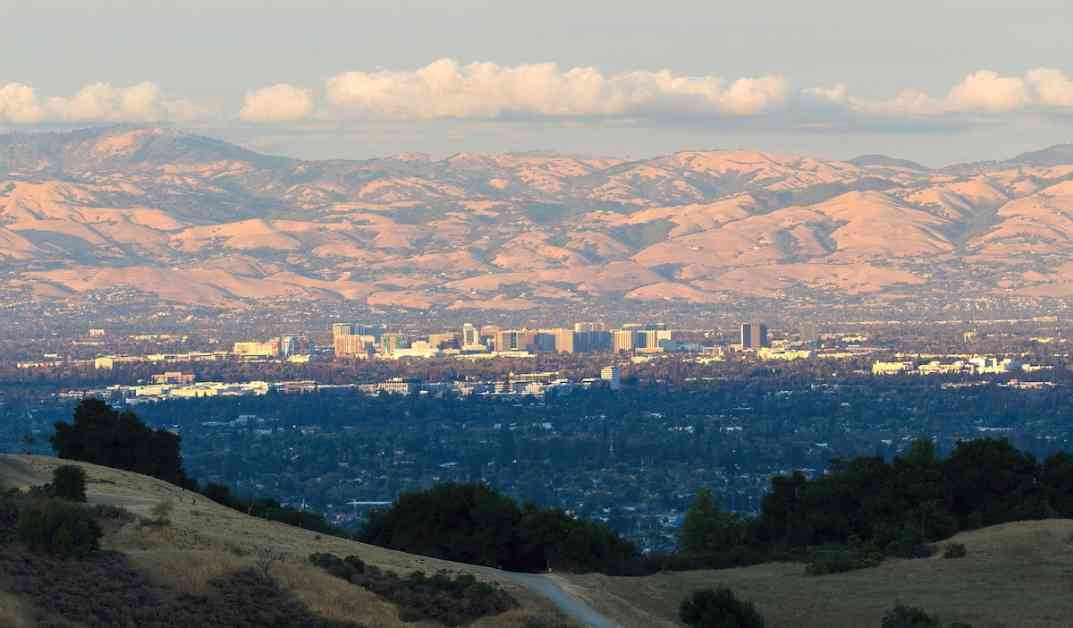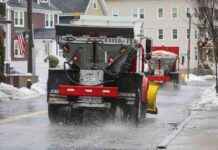Climate Whiplash: Global Cities Facing Extreme Climate Shifts
In a recent global report conducted by WaterAid, the climate of San Jose, California has exhibited a dramatic shift from wet to dry conditions. The findings of the report, encompassing research from the University of Bristol and Cardiff University, offer insight into the alarming trend of climate “whiplash” affecting major cities worldwide.
Climate Swings and the Risks for Global Cities
The study evaluated climate trends in the 100 most populous cities globally, along with 12 cities specifically where WaterAid operates. The report revealed that a staggering 95% of these cities are currently experiencing a transition towards either wetter or drier climates. This shift has significantly impacted urban areas, leading to a heightened risk of extreme weather events such as floods and droughts.
Among the most concerning findings was the observation that 15% of the cities analyzed are facing climate “whiplash.” This phenomenon involves rapid shifts between periods of drought and flooding, creating unprecedented challenges for infrastructure and community resilience. The recent wildfires in Los Angeles serve as a stark example of this climate whiplash, with wetter conditions preceding and following the fires.
The aftermath of the wildfires in Southern California has prompted evacuation warnings due to increased mudslide risks. The fluctuating weather patterns have left communities vulnerable to natural disasters, underscoring the urgent need for adaptive planning and infrastructure development in the face of changing climates.
Expert Insights and Recommendations for Resilient Cities
Katerina Michaelides, co-lead scientist on the project and professor of Dryland Hydrology at the University of Bristol, emphasized the importance of understanding localized climate hazards to facilitate tailored planning in urban centers. The implications of climate whiplash extend beyond environmental concerns, impacting public health, sanitation, and water resource management.
Sean Fox, associate professor of global development at the University of Bristol, highlighted the critical role of social and infrastructural vulnerabilities in shaping the resilience of urban communities. He emphasized that risk mitigation strategies must not only focus on the likelihood of extreme weather events but also prioritize community preparedness and adaptive capacity.
To address the challenges posed by climate whiplash, WaterAid has put forth a series of recommendations aimed at promoting equitable access to water, sanitation, and hygiene services. Governments are urged to prioritize climate-resilient infrastructure and develop comprehensive adaptation plans. Similarly, private sector entities and financial institutions are encouraged to invest in climate-resilient water infrastructure to safeguard vulnerable communities.
Tim Wainwright, chief executive of WaterAid UK, underscored the need for global leadership in addressing climate and health challenges. He emphasized the importance of translating commitments into tangible actions to build robust systems capable of withstanding extreme weather events and ensuring access to clean water worldwide.
As cities grapple with the impacts of climate whiplash, the call for collective action and strategic investments in climate-resilient infrastructure grows louder. The future of urban sustainability hinges on proactive measures to adapt to changing climates and safeguard the well-being of communities around the world.
Subscribe to get exclusive updates in our daily newsletter!
By signing up, you agree to the Terms of Use and Privacy Policy & to receive electronic communications from EcoWatch Media Group, which may include marketing promotions, advertisements and sponsored content.
Paige, a sustainability-focused writer based in Los Angeles, brings a unique perspective to environmental issues. Her background in journalism and sustainable agriculture fuels her passion for creating a more resilient and eco-conscious world.














